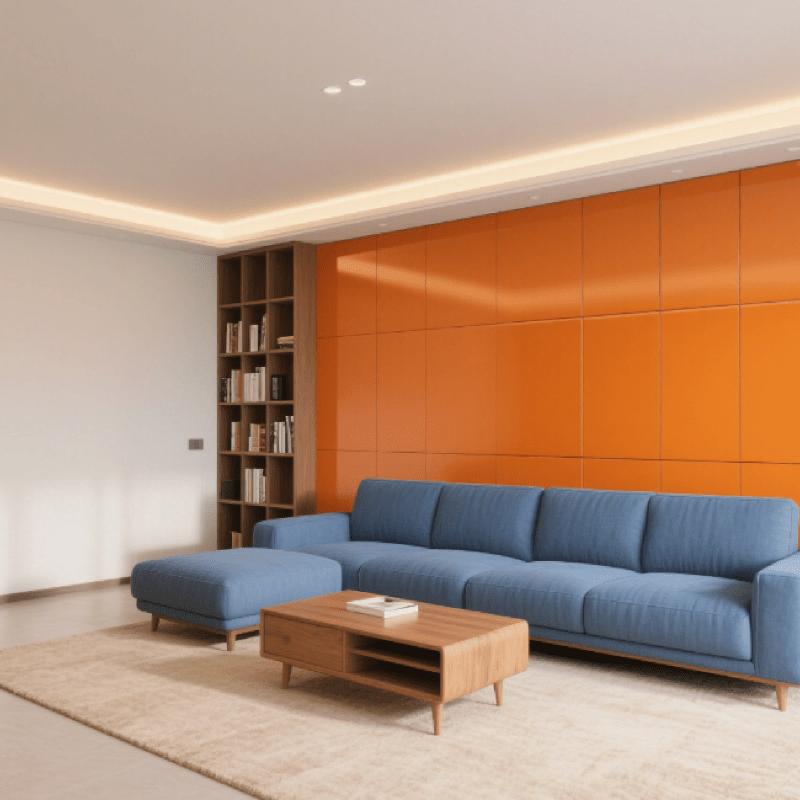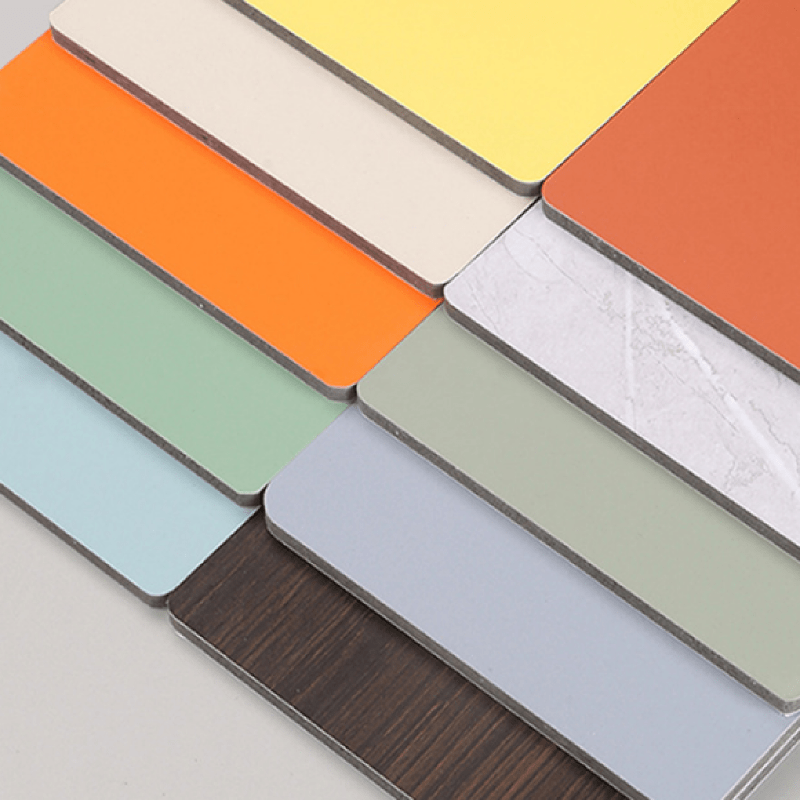Understanding Moisture-Resistant Wall Solutions for Challenging Environments
When it comes to constructing walls in bathrooms, basements, laundry rooms, and other high-moisture areas, choosing the right wall board is crucial for long-term durability and structural integrity. Moisture-resistant wall boards are specifically engineered to withstand humidity, prevent mold growth, and maintain their strength even in challenging environmental conditions. As building technology advances, manufacturers have developed increasingly sophisticated wall board options that excel in moisture-prone spaces.
The impact of selecting inappropriate wall board for humid areas can be severe, leading to costly repairs, health hazards, and structural compromises. Understanding your options and making an informed decision about wall board materials can save significant time and money while ensuring a safer, more durable living space.

Premium Moisture-Resistant Wall Board Materials
Cement-Based Wall Board Systems
Cement-based wall board stands as one of the most reliable options for high-humidity environments. These boards are manufactured using Portland cement, aggregates, and special reinforcing fibers, creating a virtually indestructible barrier against moisture. Unlike traditional drywall, cement board won't deteriorate, swell, or lose structural integrity when exposed to water.
The remarkable durability of cement-based wall board makes it particularly suitable for areas directly exposed to water splashes, such as shower enclosures and pool areas. While the initial cost may be higher than standard drywall, the long-term benefits and reduced maintenance requirements often justify the investment.
Glass-Mat Gypsum Wall Board
Glass-mat gypsum wall board represents a technological advancement in moisture resistance. These boards feature a water-resistant gypsum core encased in fiberglass mats instead of traditional paper facing. This innovative construction provides superior moisture and mold resistance while maintaining the ease of installation associated with standard drywall.
The fiberglass mat technology allows these boards to dry quickly if they become wet, preventing the growth of mold and mildew. Their high performance in humid conditions makes them ideal for both interior and exterior applications, particularly in coastal areas where humidity levels remain consistently high.
Special Considerations for Installation and Maintenance
Proper Installation Techniques
Even the highest quality wall board for humid areas can fail if not installed correctly. Professional installation should include proper spacing between boards, appropriate fastener selection, and careful attention to sealing joints and corners. Using moisture-resistant tapes and compounds specifically designed for humid environments ensures a complete moisture barrier system.
Installers should also consider the importance of proper ventilation and vapor barriers behind the wall board. These elements work together to prevent moisture accumulation within wall cavities, extending the life of the installation and maintaining indoor air quality.
Long-term Maintenance Requirements
Maintaining wall board in high-humidity areas requires regular inspection and proactive care. Periodic checks for signs of moisture damage, such as discoloration or softening, can help identify potential issues before they become serious problems. Proper ventilation through exhaust fans and dehumidifiers plays a crucial role in preserving wall board integrity.
Regular cleaning with appropriate products helps prevent mold growth and maintains the appearance of moisture-resistant wall boards. Avoiding harsh chemicals that might compromise the board's protective properties ensures long-lasting performance in challenging environments.
Cost Analysis and Return on Investment
Initial Investment Considerations
While moisture-resistant wall board typically costs more than standard drywall, the price difference reflects superior materials and manufacturing processes. The initial investment in quality wall board for humid areas often ranges from 20% to 50% higher than traditional options, but this cost difference becomes negligible when considering the long-term benefits.
When calculating total project costs, factor in not just the materials but also specialized installation requirements and any necessary accessories. The right choice of wall board can significantly impact both immediate construction costs and long-term maintenance expenses.
Long-term Value Analysis
The true value of moisture-resistant wall board becomes apparent when considering the potential costs of moisture damage remediation. Replacing standard drywall damaged by humidity can cost several times more than the initial installation, not including potential structural repairs and mold remediation expenses.
Premium wall board solutions typically offer extended warranties and longer service lives, reducing the frequency of replacement and repairs. This longevity, combined with lower maintenance requirements, often results in significant cost savings over the life of the installation.
Frequently Asked Questions
How long does moisture-resistant wall board typically last?
With proper installation and maintenance, high-quality moisture-resistant wall board can last 20-30 years or more. This longevity depends on environmental conditions, ventilation quality, and regular maintenance practices.
Can moisture-resistant wall board be painted or tiled?
Yes, most moisture-resistant wall boards accept paint and tiles readily. However, it's important to use appropriate primers and adhesives specifically designed for use in high-humidity environments to ensure proper bonding and continued moisture resistance.
What are the signs that wall board needs replacement?
Key indicators include visible mold growth, persistent musty odors, warping or buckling of the surface, soft spots when pressed, and discoloration that doesn't clean away. If you notice any of these signs, prompt investigation and potential replacement may be necessary to prevent further issues.

